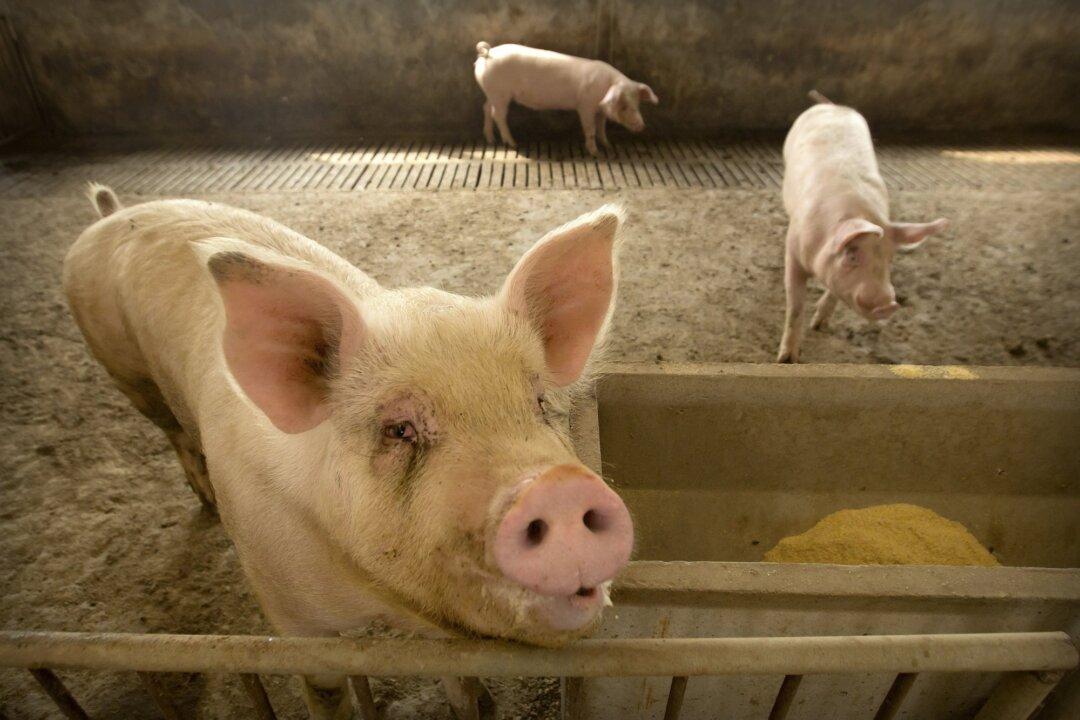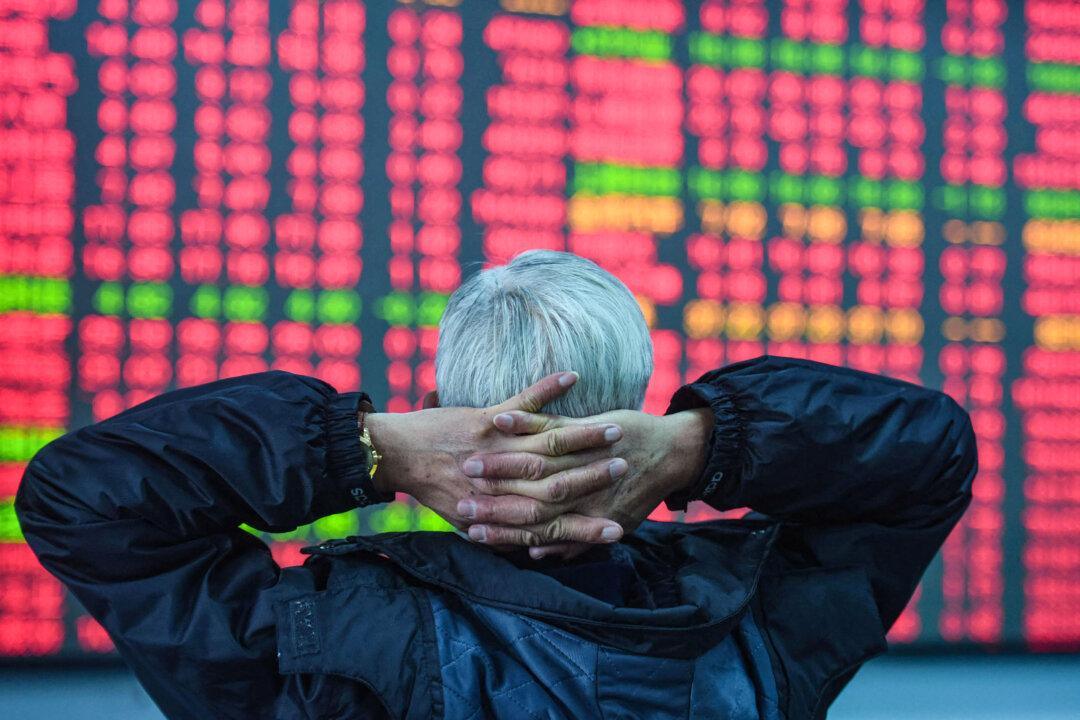The Chinese pig farming sector continues to struggle this year, as one of its major players, Fujian Aonong Biological Technology Group (Aonong Biotech) teeters on the edge of bankruptcy. The company’s troubles highlight broader challenges within the volatile industry, where many enterprises are grappling with substantial losses and an uncertain future.
Analysts attribute Aonong Biotech’s problems—and those of the Chinese pork industry in general—to the disruption of what is known as the “pork cycle”—the cyclical rise and fall of supply and prices in the pork sector.





